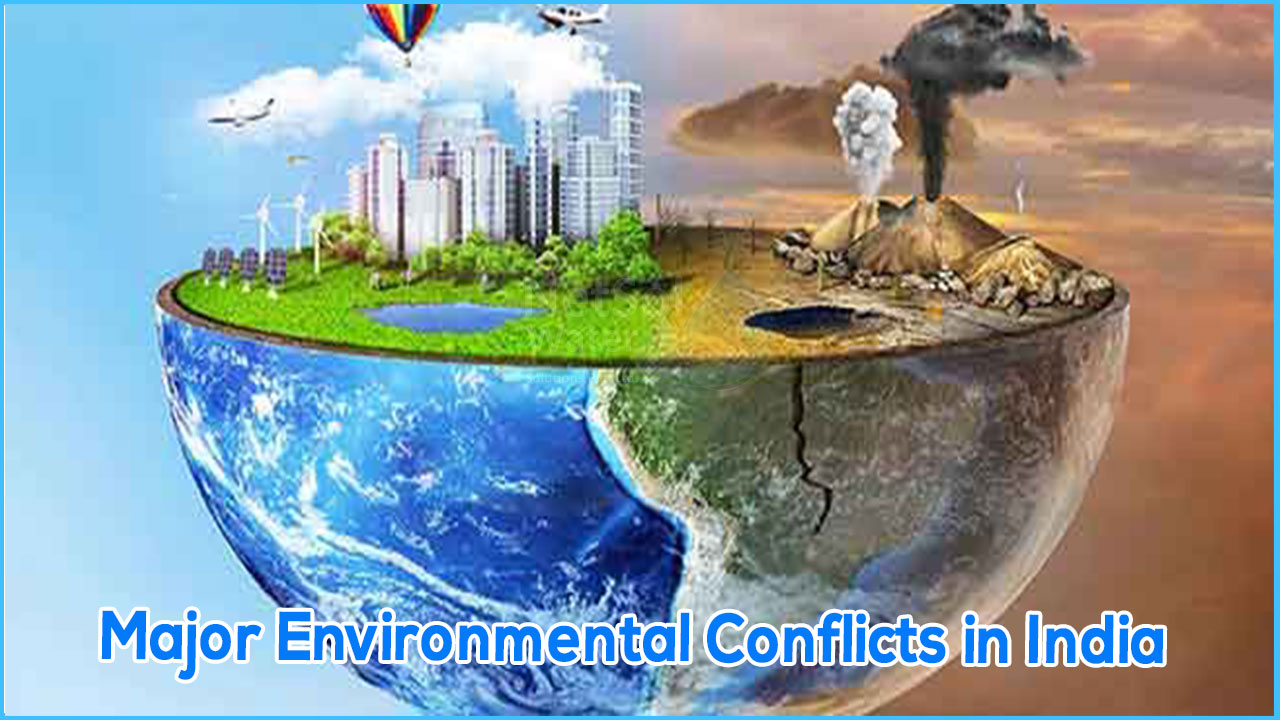Environmental Conflict?
Environmental conflict is defined as a situation of conflict arisen due to shortage of natural resources or access to the natural resources such as water.
Conflict Intensity
In the EJ Atlas database, any conflict can be categorized as unknown, latent, low, medium, or excessive depth of conflict. Latent conflicts are those that are brewing and that have not yet seen an organization. The medium or intermediate instances have seen additional mobilizations, including street protests, rallies, etc. The cases of excessive depth include a particularly extensive mass mobilization, which regularly includes violence. Unknown deep instances are those for which there is not always enough information.
In India, more than 85%cases of environmental conflict are both excessive (46%) and moderate (40.4%). Instances with shallow and latent depths together represent 12.1%, with 1.5% of the instances definitely unknown in terms of their intensities in sentences. The total diversity of cases of excessive depth is 125, with the 4 classes of control of water (28), fossil fuels and climatic changes (26), conflicts between companies and public services (20) and minerals and construction extraction (18) which together account for approximately three-quarters (92) of all cases of excessive depth.
There are 24 cases of minor mobilization, including some neighbourhood businesses, and one hundred and ten cases of moderate conflict, which include visible mobilizations from demonstrations. This is not the same as the world panorama, the medium depth cases, since the maximum goes to one regularly (43.3%).
Deep rooted instances of conflicts are most common in India in classes that regularly have both the prevalence and the expectation of mass displacement of people, whether for water control, regular massive dams, or fossil gas extraction, including destruction of large forest areas, land for open pit coal mining.
There are prevalent reasons why most cases (86.4%) in India are both excessive and moderate in terms of mass mobilizations seen and regularly plagued with violence.
On one hand, this could be supported by the reality that mobilizations against ecological conflicts of distribution do not correspond to unusual styles of social protest that involve mass concentrations of people, which regularly impose ethical restrictions against the state.
Second, India is top in the list of murders of land and environmental activist in South Asia and the second largest in Asia after the Philippines.
Major Examples of Environmental Conflict in India
- 1. Ravi – Beas water resource allocation conflict between Punjab and Rajasthan/Haryana
- 2. Cauvery water dispute between Karnataka, Kerala, and Tamil Nadu
These water resource conflicts are due to the amount of water allocation to different states. There is always a threat looming over the world due to water scarcity and this is going to increase if we still do not take action on climate change and water conservation towards sustainability.



